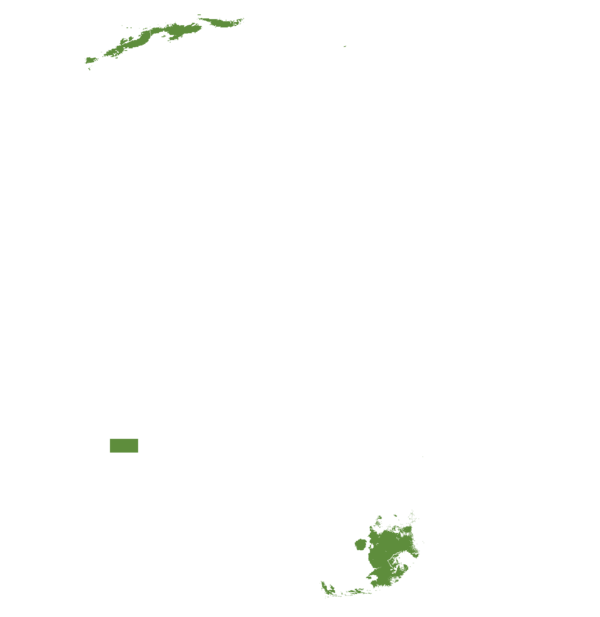

Drip Irrigation
Drip irrigation is a low-pressure irrigation method that slowly applies water directly to the crop root zone through devices called drippers or emitters installed at specific points along driplines. The placement of emitters corresponds to the planting spacing and crop stands, ensuring water is delivered precisely to the root zone rather than other areas. This slow, continuous delivery of water keeps the root zone consistently wet, reducing water loss through evaporation and runoff. Drip irrigation achieves the highest water use efficiency compared to other irrigation methods, with well-designed systems able to reach up to 95% efficiency.
This technology is not yet validated.
Adults 18 and over: Positive medium
The poor: Positive low
Under 18: No impact
Women: Positive low
Climate adaptability: Highly adaptable
Drip irrigation works well with renewable energy like solar pumps
Farmer climate change readiness: Significant improvement
Requires less power and irrigation energy cost is substantially reduced
Biodiversity: Positive impact on biodiversity
Drip irrigation conserves soil and water resources, does not create erosion in the field,
Environmental health: Greatly improves environmental health
Drip irrigation systems is environmental friendly
Soil quality: Does not affect soil health and fertility
Water use: Much less water used
Improves water productivity significantly
Carbon footprint: More carbon released
Less energy is required for drip operation thus supports decarbonization of agriculture
The Drip Irrigation Implementation Framework provides comprehensive guidance for planning, designing, and scaling drip irrigation projects to promote water-efficient and climate-resilient agriculture. It integrates financial, technical, capacity-building, and institutional components to ensure sustainable adoption and impactful outcomes. This framework supports governments, development partners, and farmers to improve water use efficiency, boost crop productivity, and conserve water resources.
By applying this structured approach, governments can drive the successful adoption of drip irrigation technologies that enhance agricultural sustainability, improve productivity, and ensure efficient water use in increasingly water-scarce environments.
Drip kit covering an area of approximately 100-500 m²
Cost range of commercial drip irrigation systems.
Estimated energy cost for commercial drip irrigation systems.
Volume range of PVC storage tanks.
Pressure generated by storage tanks at 1-2m height.
Open source / open access
| Country | Testing ongoing | Tested | Adopted |
|---|---|---|---|
| Benin | –No ongoing testing | –Not tested | Adopted |
| Egypt | –No ongoing testing | –Not tested | Adopted |
| Ethiopia | –No ongoing testing | –Not tested | Adopted |
| Ghana | –No ongoing testing | –Not tested | Adopted |
| Kenya | –No ongoing testing | –Not tested | Adopted |
| Nigeria | –No ongoing testing | –Not tested | Adopted |
| Rwanda | –No ongoing testing | –Not tested | Adopted |
| South Africa | –No ongoing testing | –Not tested | Adopted |
| Zimbabwe | –No ongoing testing | –Not tested | Adopted |
This technology can be used in the colored agro-ecological zones. Any zones shown in white are not suitable for this technology.










| AEZ | Subtropic - warm | Subtropic - cool | Tropic - warm | Tropic - cool |
|---|---|---|---|---|
| Arid | ||||
| Semiarid | – | |||
| Subhumid | – | – | ||
| Humid | – | – | – | – |
Source: HarvestChoice/IFPRI 2009
The United Nations Sustainable Development Goals that are applicable to this technology.

It increases crop yields significantly by providing precise and consistent water supply, enhancing food production and security.

By reducing water use by up to 60%, it promotes sustainable water management, conserving freshwater resources and reducing water stress.

It helps farmers adapt to drought and changing rainfall patterns by ensuring reliable irrigation, boosting resilience to climate change.
Last updated on 24 September 2025